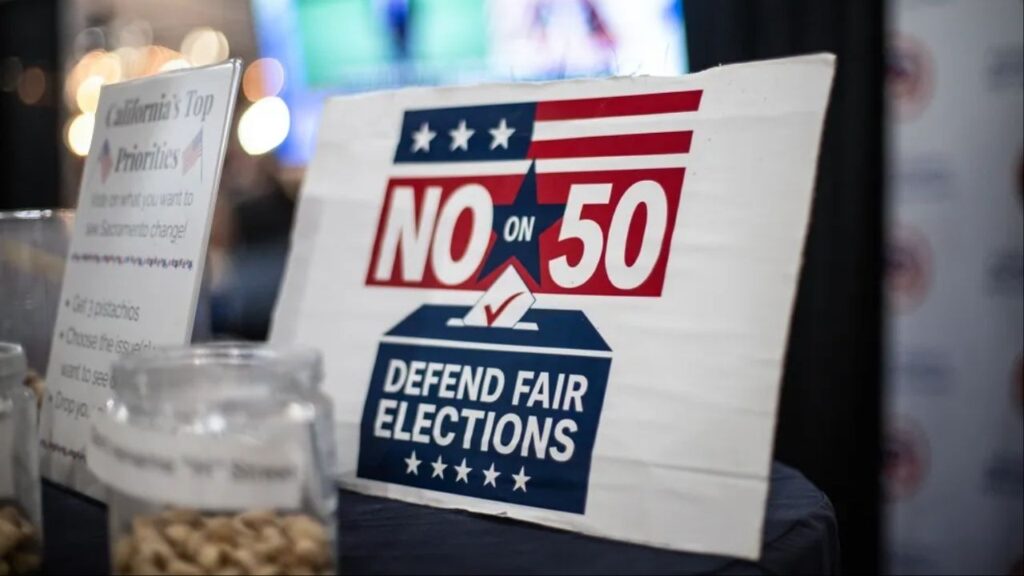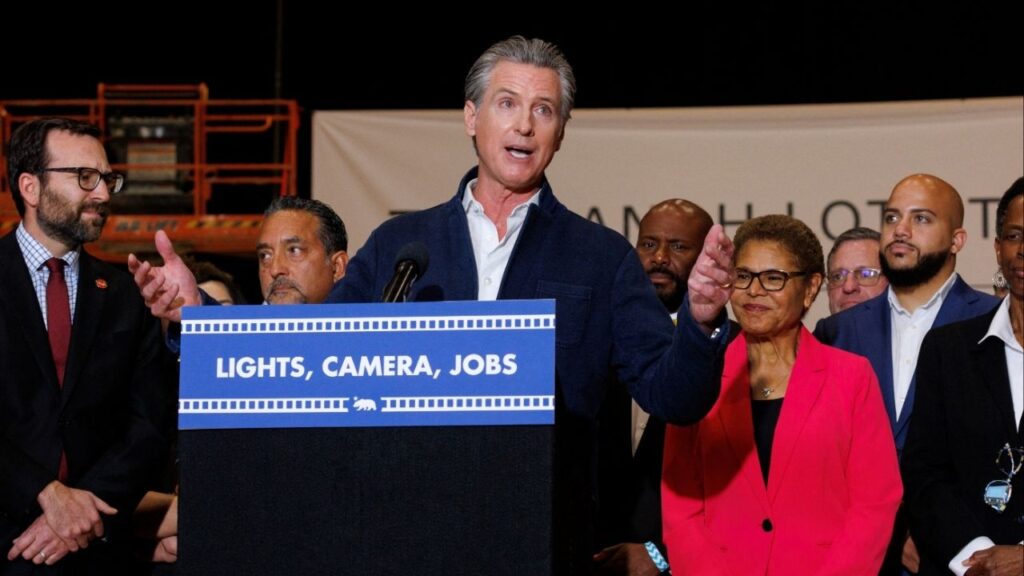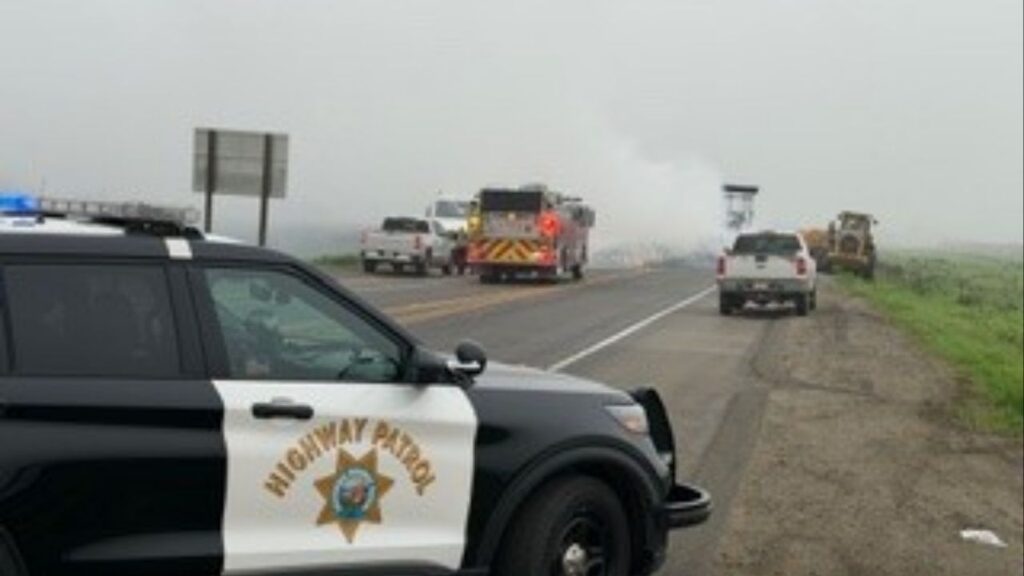Share

Opinion by
Steve Stein
This claim is incorrect because in 2010 Ocean Conservancy aggregated these different plastic bag or film items into one catch-all category: Plastic Bags. Then, in 2013 Ocean Conservancy started breaking out Plastic Grocery Bags into a separate category, specifically separating them from all the other plastic bag-related items, the latter of which are now referred to as “Other Plastic Bags.”
The recorded number of Plastic Grocery Bags collected only seemed to drop dramatically in 2013 because Ocean Conservancy created two categories from one, thus reducing the number in each.
Most Recent Data
Using the most recent data provided by Ocean Conservancy, you will see that in 2016 Plastic Grocery Bags made up 1.7% of California litter (12,404 total items collected). In 2017, a little less than a year after SB 270 went into effect, Plastic Grocery Bags made up 1.5% of litter (11,847 total items collected). This represents a 0.2% decrease in Plastic Grocery Bags as a percentage of overall litter.
Your readers – and all Californians – deserve to know what the Ocean Conservancy data really shows: In almost a year since SB 270 was implemented (the only relevant timeframe to comment on the statewide bag ban’s impact), Plastic Grocery Bags have gone down only 0.2% as a percentage of all California beach litter.
I am an environmental scientist who researches litter. My firm has studied litter composition in California and throughout the U.S. In order to evaluate whether a policy like this is having an impact on reducing litter, it’s critical for organizations – including the news media – to report accurate information. In this case, the actual results a year into SB 270’s implementation are not particularly compelling at all.
About the Author
Steven Stein is principal of Environmental Resources Planning, LLC, based in the greater Washington, D.C., area.
Categories

Oscars Telecast to Move From ABC to YouTube in 2029


















